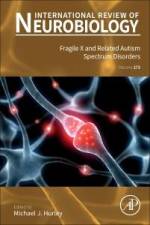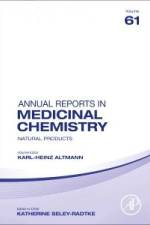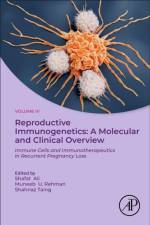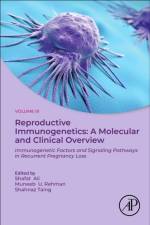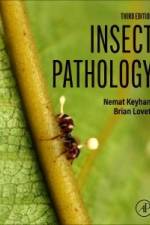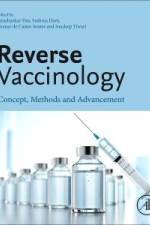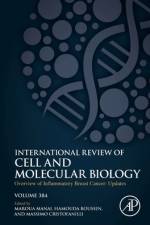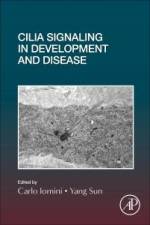2 197
Phage Therapy - Part B, Volume 201 covers bacteriophage and their isolation, screening, synthetic phage, diagnostics, directed evolution, host interaction, and more. The book's aim is to highlight a number of aspects of phage in a way that can help students, researchers, clinicians, entrepreneurs and stakeholders perform research. Sections cover Phages for the treatment of Pseudomonas aeruginosa infection, Phage for the treatment of Vibrio cholerae infection, Phages for the treatment of Mycobacterium species, Phage therapy for gut microbiome, Phages as delivery vehicles, Phage display, Unlocking the potential of Phages: Innovative Approaches to harnessing Bacteriophages as Diagnostic Tools for Human Diseases, and more. Other sections explore Phage display and human disease detection, Bacteriophage as Cargo and its application in nanomedicine, Phage for drug delivery vehicles, Genome editing for phage design and uses for therapeutic applications, Phage for cancer therapy, and Phage for regenerative medicine and cosmetics.


